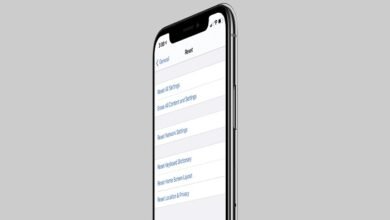Troubleshooting Guide: Samsung Dishwasher Not Draining Properly

Have you ever experienced the frustration of a Samsung dishwasher not draining properly? This common issue can disrupt your daily routine and leave you with a pile of dirty dishes. However, before you panic and call for professional help, there are several troubleshooting steps you can take to address the problem yourself. In this comprehensive guide, we will walk you through each step, ensuring that your Samsung dishwasher will be back to its optimal performance in no time. Let’s dive into the troubleshooting process and explore the solutions for a Samsung dishwasher not draining.
When faced with a Samsung dishwasher
not draining, the first step is to inspect the drain filter. Over time, food particles, debris, and residue can accumulate in the filter, obstructing the water flow and causing draining issues. Locate the drain filter in the bottom of your dishwasher and remove it carefully. Rinse it under running water, making sure to remove any debris or clogs. By cleaning the drain filter regularly, you can prevent drainage problems and ensure smooth operation of your Samsung dishwasher.
Another common cause for a Samsung dishwasher
not draining is a clogged drain hose. The drain hose is responsible for carrying wastewater from the dishwasher to the sink or garbage disposal. To check for a clog, disconnect the drain hose from the sink or garbage disposal and inspect it for any obstructions. If you notice any debris or blockage, use a long, flexible brush or a pipe cleaner to clear the clog. Once the drain hose is free from any obstructions, reattach it securely, ensuring a tight connection.
In some cases, the drain pump
in your Samsung dishwasher may be malfunctioning, leading to drainage issues. The drain pump is responsible for pumping out the water from the dishwasher during the draining cycle. To diagnose a faulty drain pump, you can manually activate it and listen for any unusual noises or vibrations. If the drain pump is not working correctly, it may need to be replaced. Contact Samsung customer support or a professional technician to assist you with the replacement process, as it requires technical expertise.
An improperly installed dishwasher
can also cause draining problems. Ensure that the drain hose is installed correctly, without any kinks or bends that could restrict water flow. Additionally, check if the dishwasher’s air gap is clear. The air gap prevents backflow and allows air to enter the dishwasher’s drain line. If it is clogged or dirty, clean it thoroughly to ensure proper drainage. Taking the time to inspect the installation of your Samsung dishwasher can often solve drainage issues and save you unnecessary troubleshooting efforts.
If all the previous troubleshooting
steps have been unsuccessful in resolving the drainage problem, it’s time to consider other potential causes. A malfunctioning control board or a defective float switch could also be the culprits. These components are more complex to diagnose and repair, and it is recommended to seek professional assistance. Contact Samsung customer support or a qualified technician to help you identify and resolve these issues. They have the expertise and specialized tools to accurately diagnose and fix more intricate problems with your Samsung dishwasher.
Conclusion
A Samsung dishwasher not draining properly can disrupt your daily routine and leave you with a pile of unwashed dishes. By following the troubleshooting steps outlined in this guide, you can resolve common drainage issues and restore your dishwasher’s functionality. Remember to clean the drain filter regularly, check for clogs in the drain hose, and inspect the dishwasher’s installation. If all else fails, don’t hesitate to seek professional assistance to address



